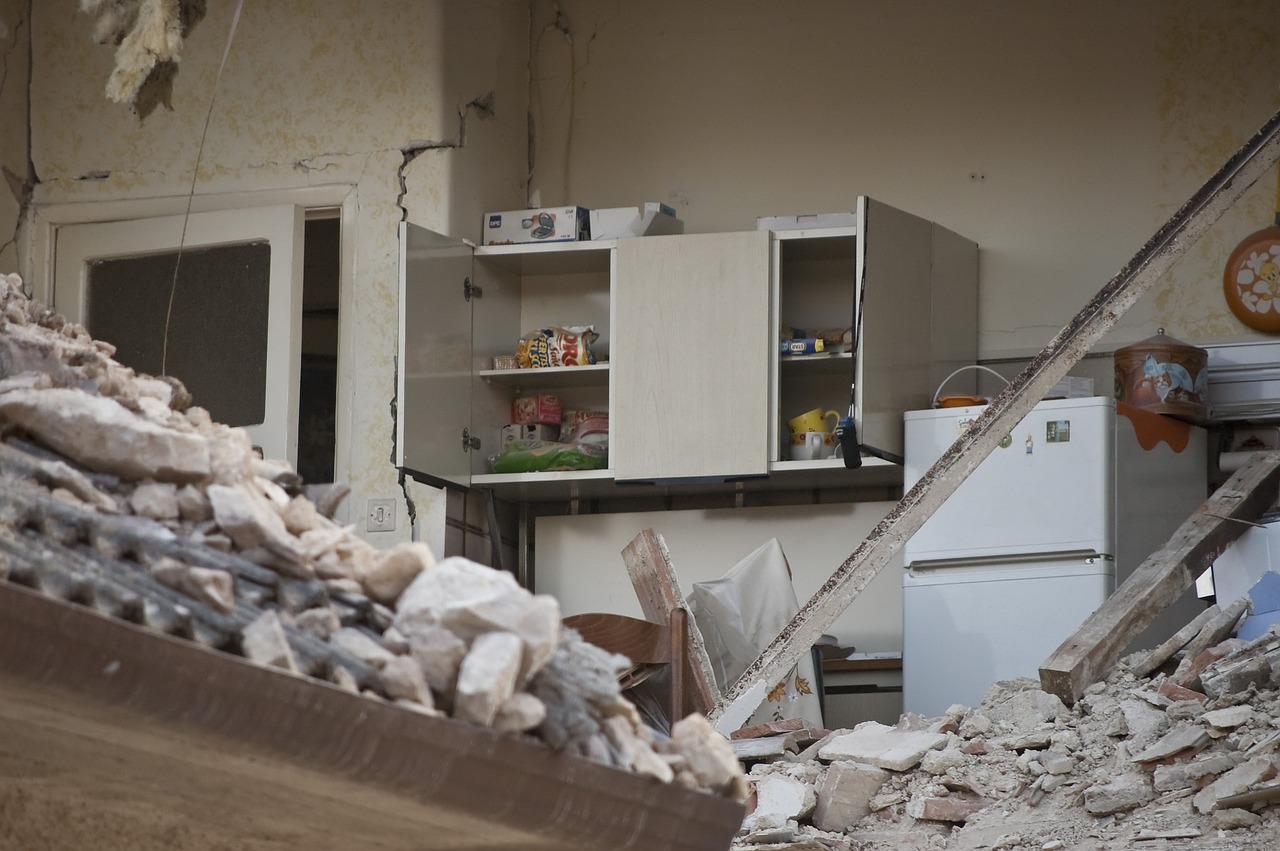Introduction:
The Pacific Northwest region of the United States is known for its stunning landscapes, vibrant cities, and outdoor recreational opportunities. However, lurking beneath its picturesque surface lies a significant geological threat: The Cascadia Subduction Zone (CSZ) earthquake. In this blog, we will delve into the science behind this seismic hazard, its potential impacts, and the measures being taken to mitigate its effects.
Understanding the Cascadia Subduction Zone:
The Cascadia Subduction Zone is a 600-mile-long fault line off the coast of the Pacific Northwest, stretching from Northern California to Vancouver Island in Canada. This geological feature is where the Juan de Fuca tectonic plate is being forced beneath the North American plate. The immense pressure building up as these plates grind against each other is capable of producing megathrust earthquakes.
Potential Impacts:
A CSZ earthquake has the potential to unleash catastrophic destruction across the region. The shaking from such an event could last for several minutes, causing widespread damage to infrastructure, buildings, and homes. Additionally, the accompanying tsunamis triggered by the sudden displacement of water could inundate coastal communities, leading to loss of life and property.
Furthermore, the seismic activity could result in landslides, liquefaction of soil, and disruptions to transportation and communication networks. The aftermath of such a disaster would pose significant challenges for emergency response and recovery efforts.
Preparedness and Mitigation Efforts:
Recognizing the severity of the threat posed by a CSZ earthquake, governments, communities, and organizations in the Pacific Northwest have been actively working to enhance preparedness and resilience.
Public awareness campaigns educate residents about the risks and the importance of having emergency plans in place. Building codes have been updated to ensure structures are more resistant to seismic activity. Additionally, early warning systems are being developed to provide advance notice of impending earthquakes, allowing people to take protective actions.
Community-based initiatives focus on strengthening local response capabilities and fostering collaboration among stakeholders. Simulations and drills are conducted regularly to test emergency protocols and improve coordination between agencies.
Conclusion:
The Cascadia Subduction Zone earthquake represents a formidable challenge for the Pacific Northwest region. While the threat it poses is significant, proactive measures are being taken to mitigate its potential impacts. By raising awareness, enhancing preparedness, and investing in resilience-building efforts, communities can better withstand and recover from this seismic hazard. However, continued vigilance and investment in mitigation strategies are essential to ensure the safety and well-being of residents in the face of this looming threat.



